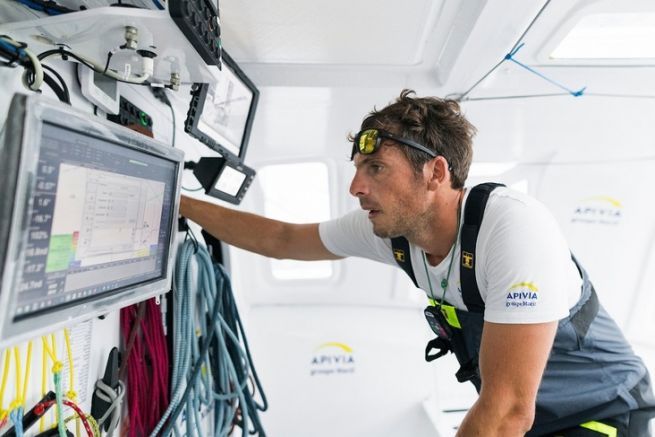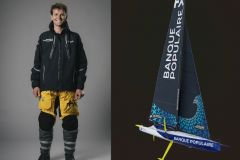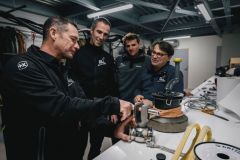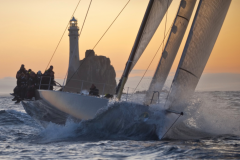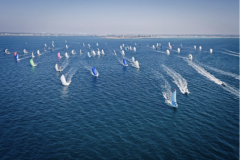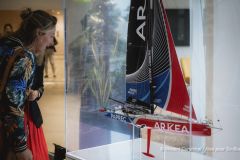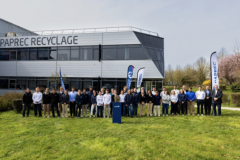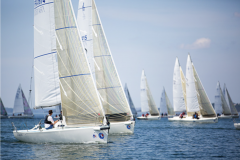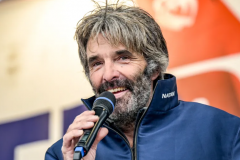The world before
During the first edition of the Vendée Globe in 1989, routing was authorised. As the competitors had little distance to cover in a single-handed race around the world, this outside assistance was seen as a safety measure and not as an aid to victory. But the notion of safety was different from today.
Proof of this is that the ice limit did not exist and that the skippers were allowed to skim the Antarctic and its icebergs, "cutting the cheese" as close as possible to Antarctica to gain precious miles.
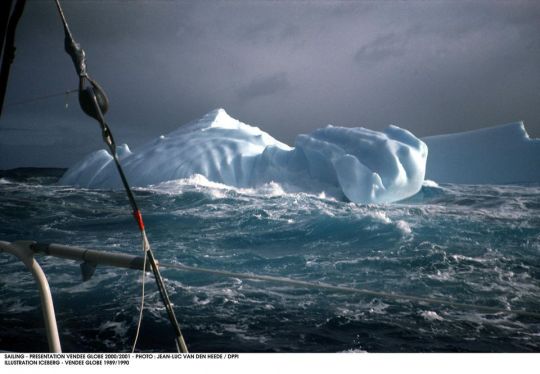
But not all the skippers had the budget to pay for the services of a router, and some were not able to benefit from the favour of the settlement. Out of conviction, only Philippe Poupon and Loick Peyron gave up on this outside help.
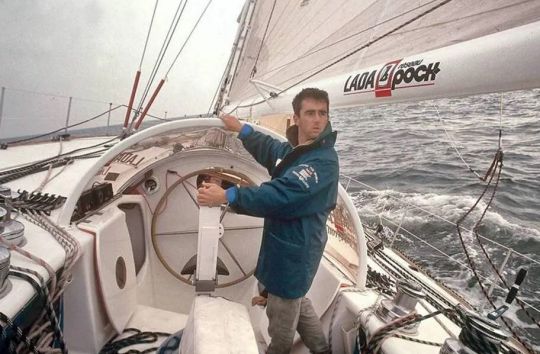
A solo race without assistance
From 1992 (the second edition of the Vendée Globe), the race directors decided to ban routing. In order to define their strategy, the skippers have to download weather files (Grib) on a defined geographical area and a time request. The boat's speed polars are then taken into account in order to define the best route calculation thanks to software in the boat's computer.
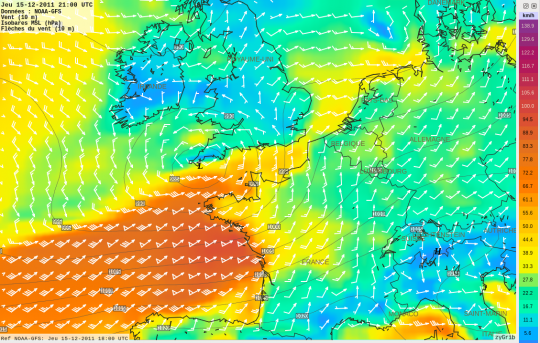
This ban obliges the skippers to spend a lot of time at the chart table, but gives the solo circumnavigation of the world back its credentials. The skipper is alone in making his decisions.
Offshore routing voted by the IMOCA class
Since 2019, the IMOCA class has allowed competitors to use remote routing. In other words, a skipper can send a request to a server ashore in order to define his race strategy. Instead of downloading several weather files from the boat, the skipper downloads the summary directly. This approach aims to simplify exchanges, limit data transfer and also to reduce the Irridium bill (satellite communication).
No third party is involved in the preparation and analysis of the summary received by the skipper.
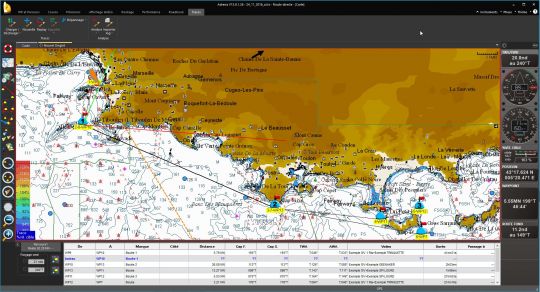
The Expedition, Adrena and Maxsea software are the most used, but others are allowed with the prior agreement of the race direction.
Did the IMOCA class bring the wolf into the sheepfold?
No. As a reminder, the IMOCA class is made up of riders, architects, builders and préparateurs. The new rules are therefore voted in the general interest. The skipper benefits from the same information with or without off-shore routing. However, with an Irridium bill of around 40,000 euros for a Vendée Globe, limiting the transfer of data makes sense.
